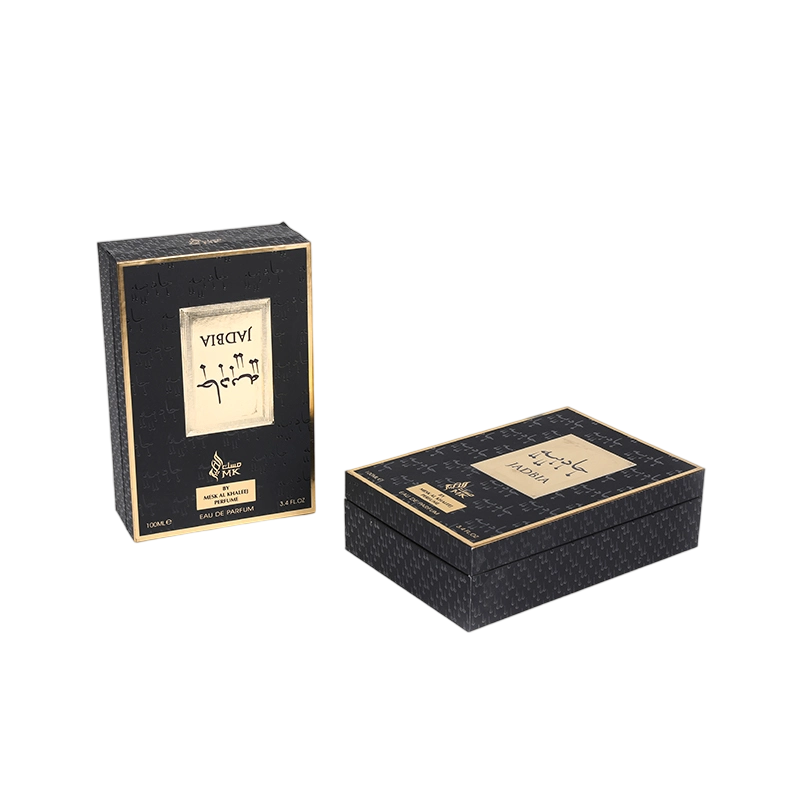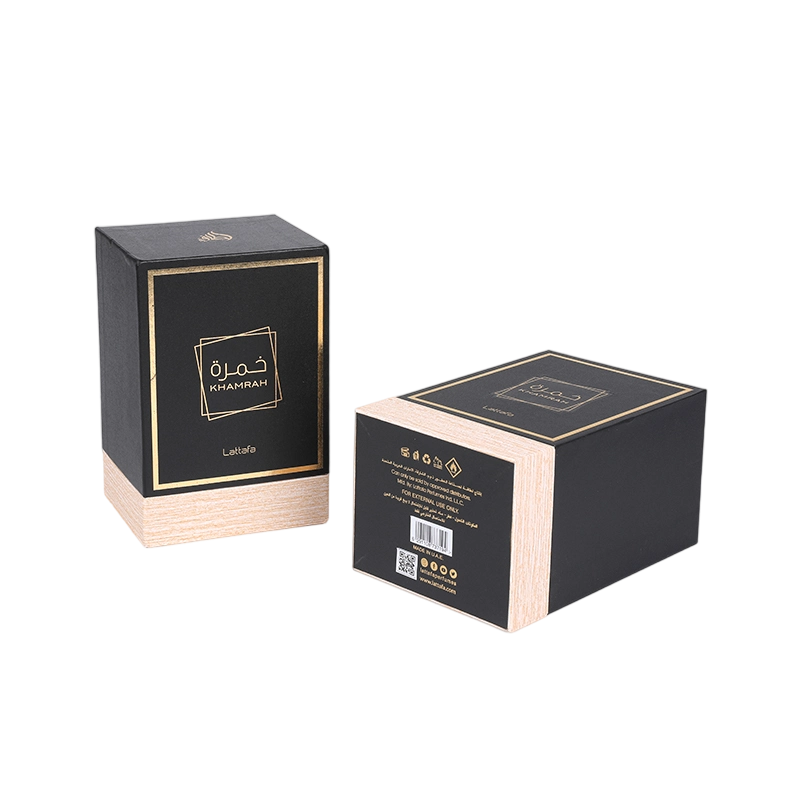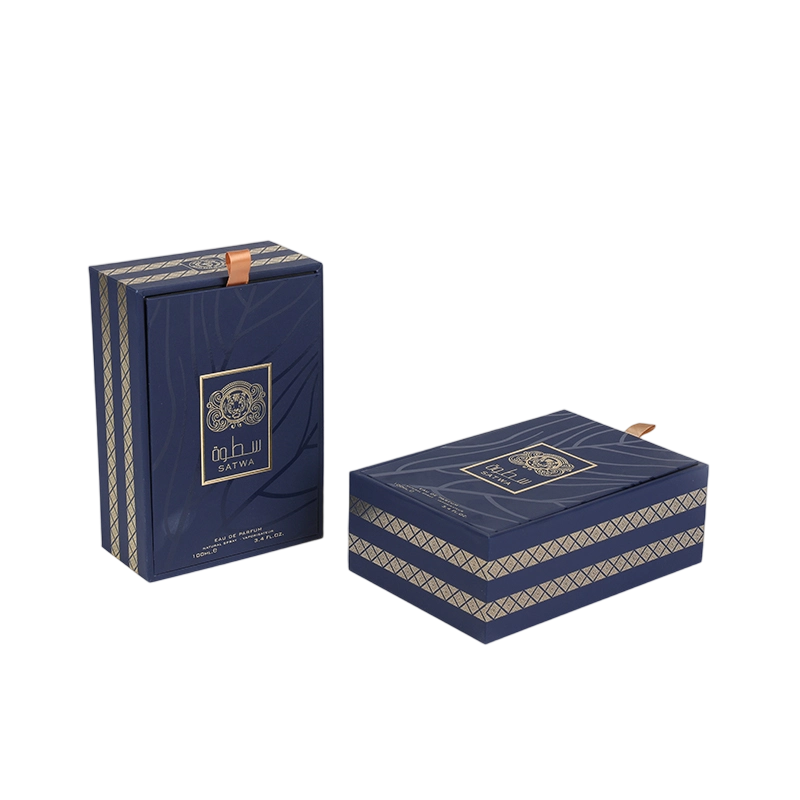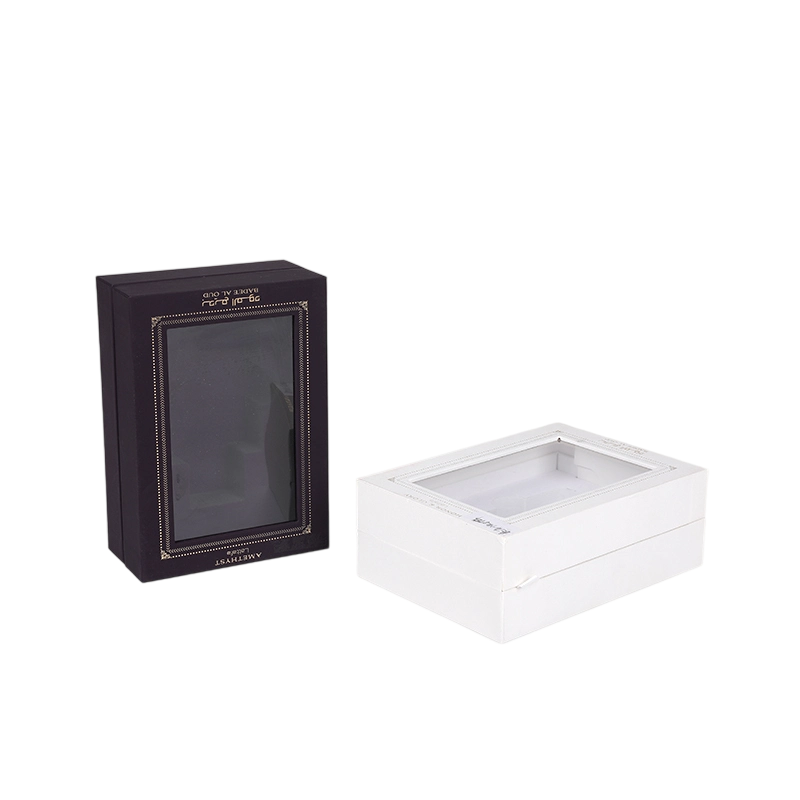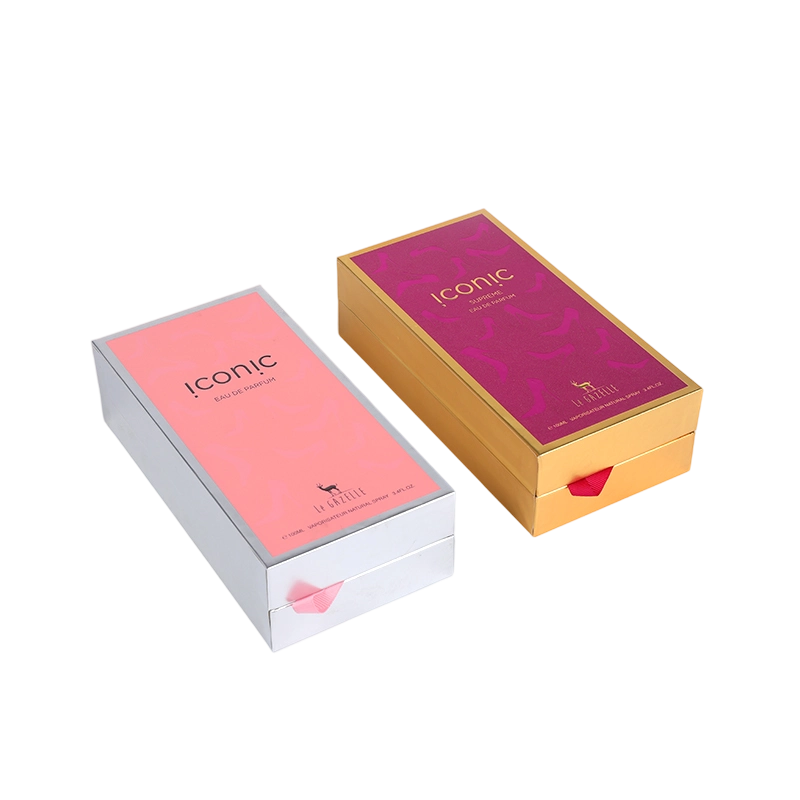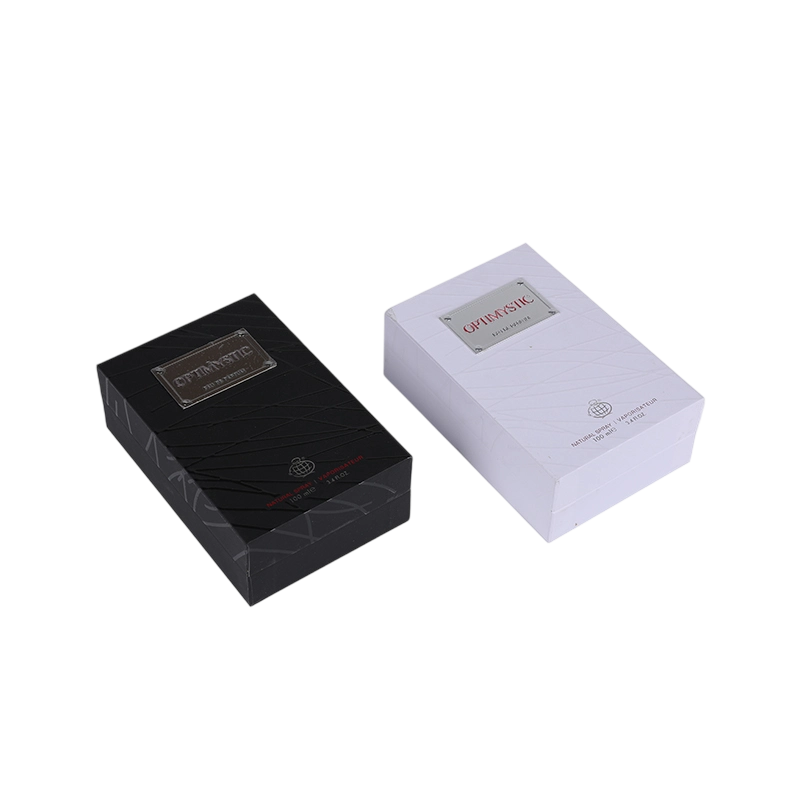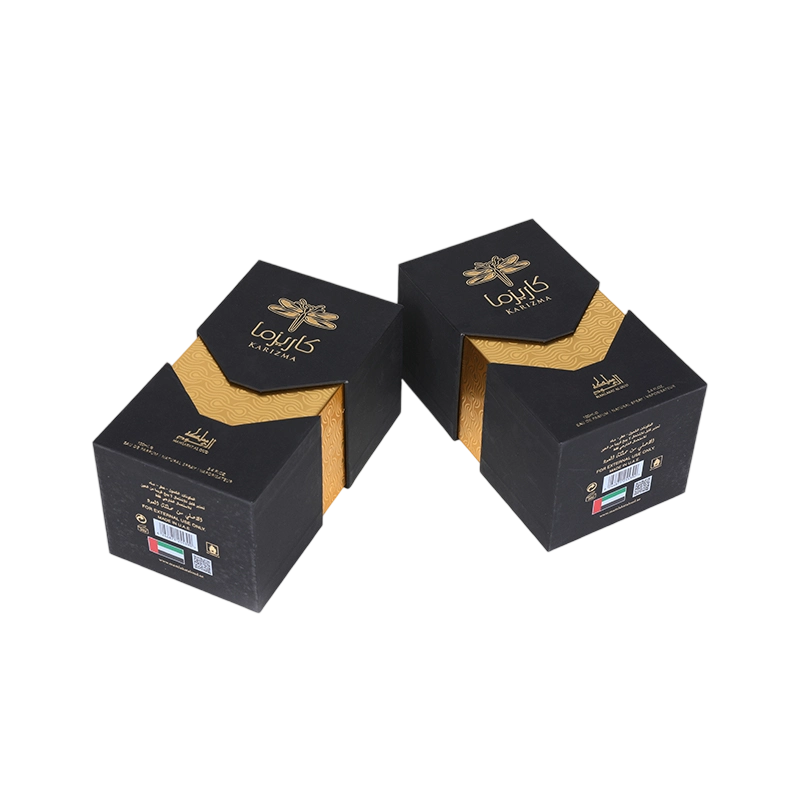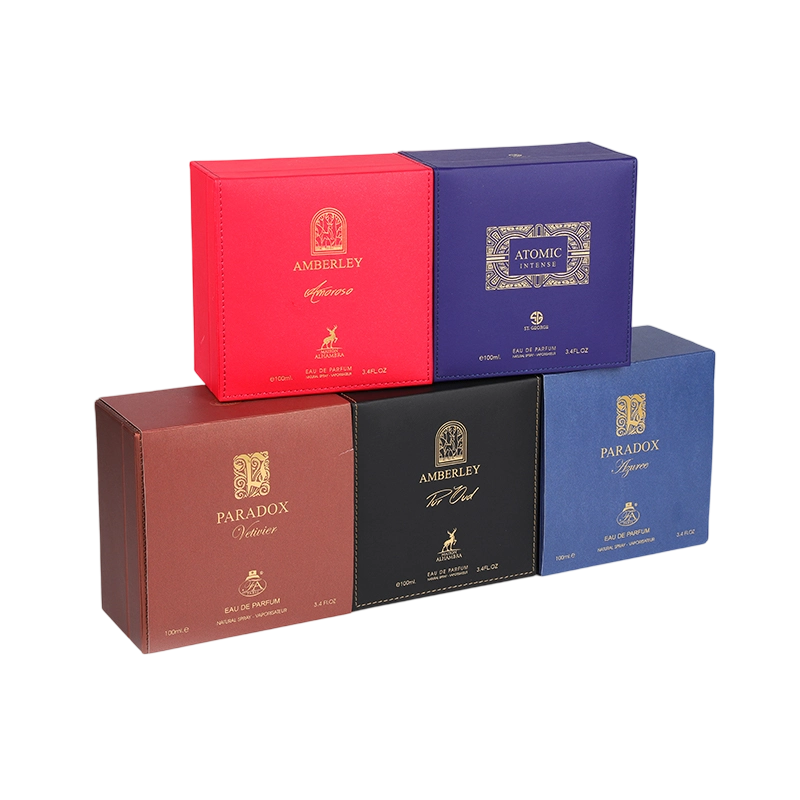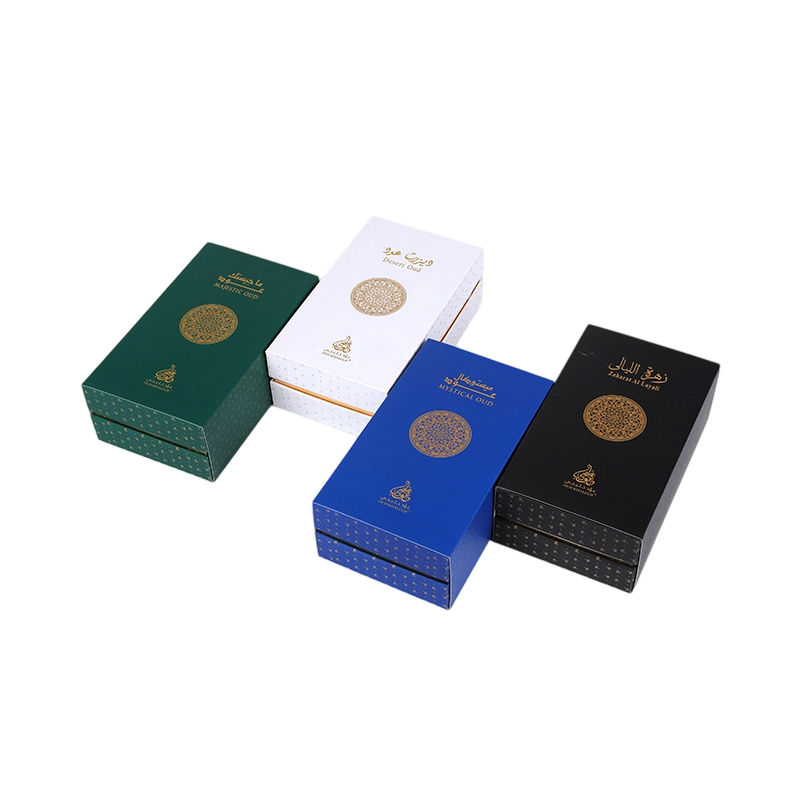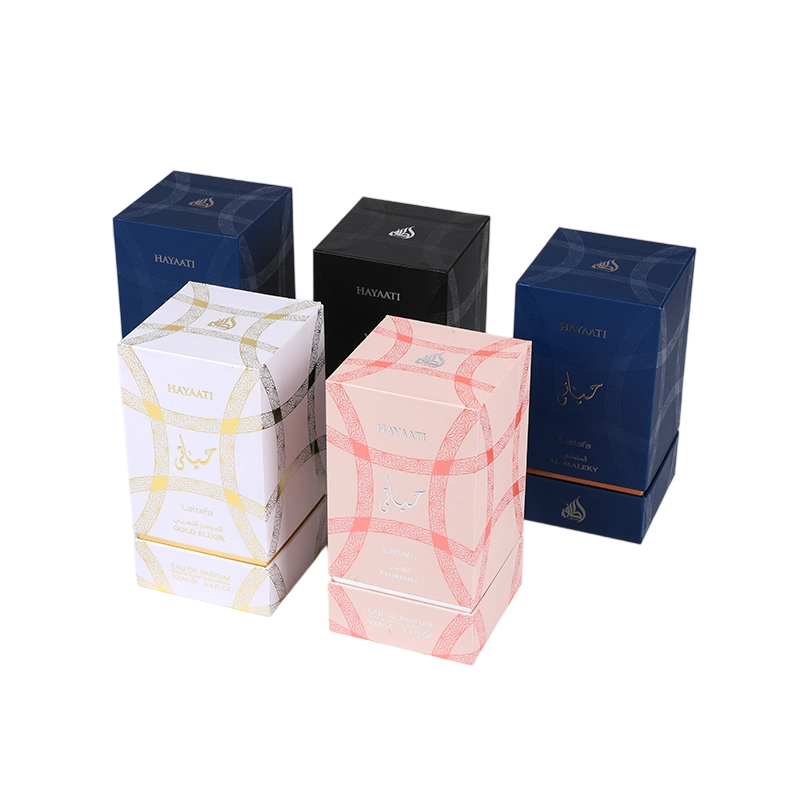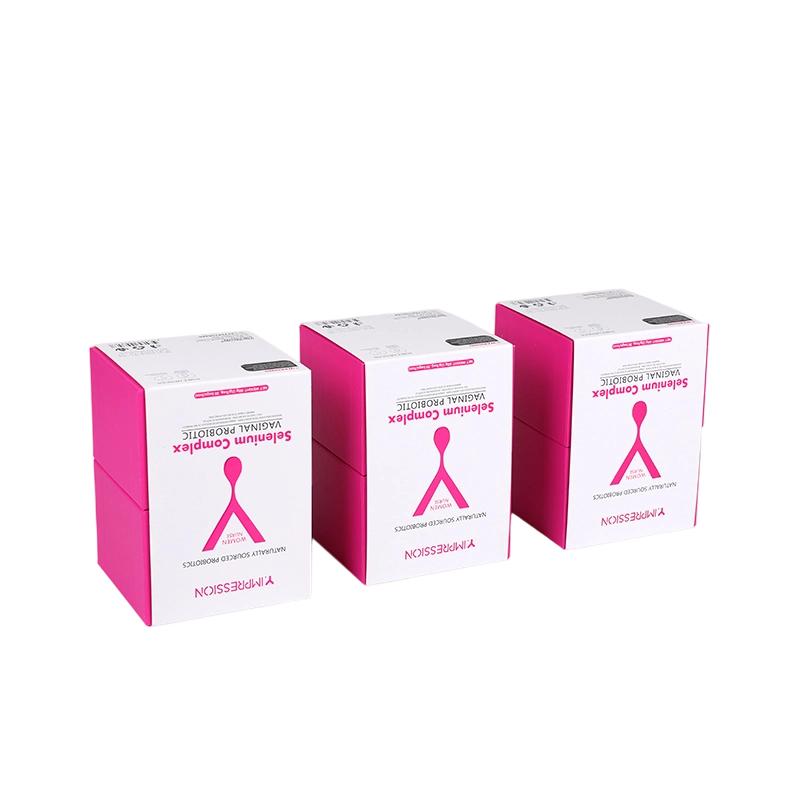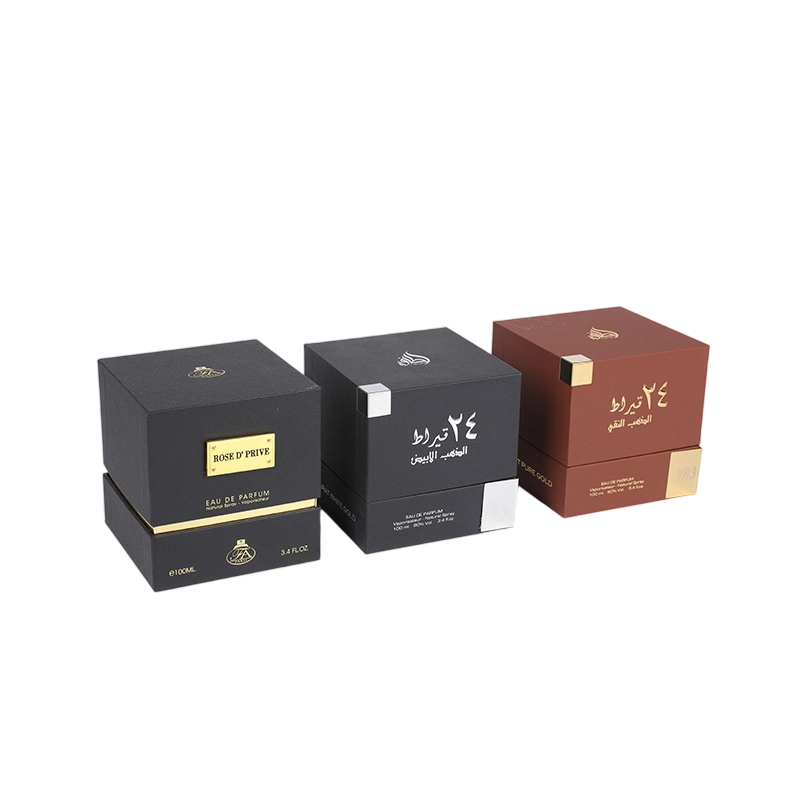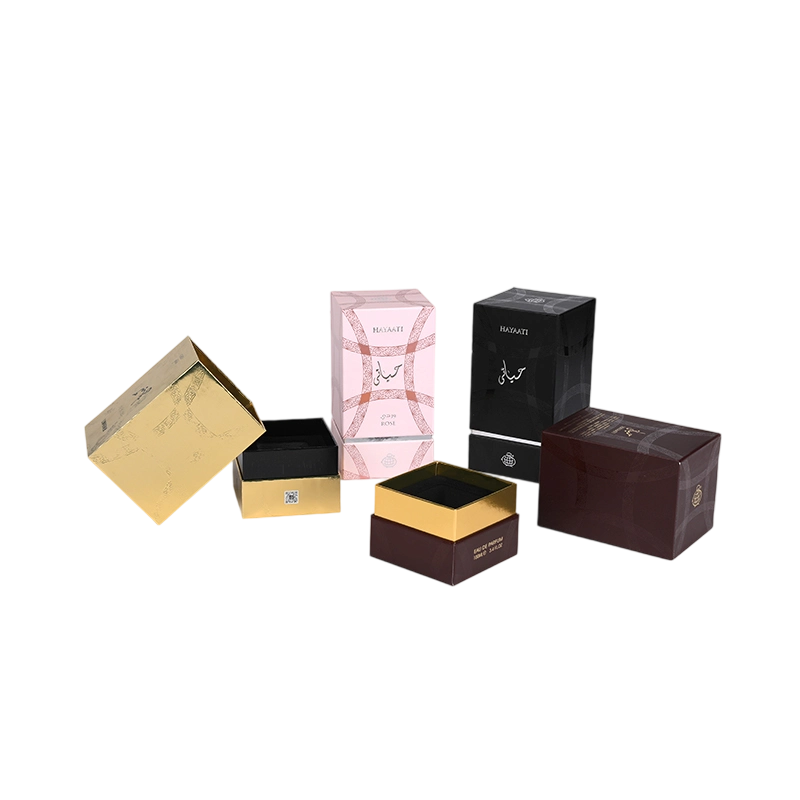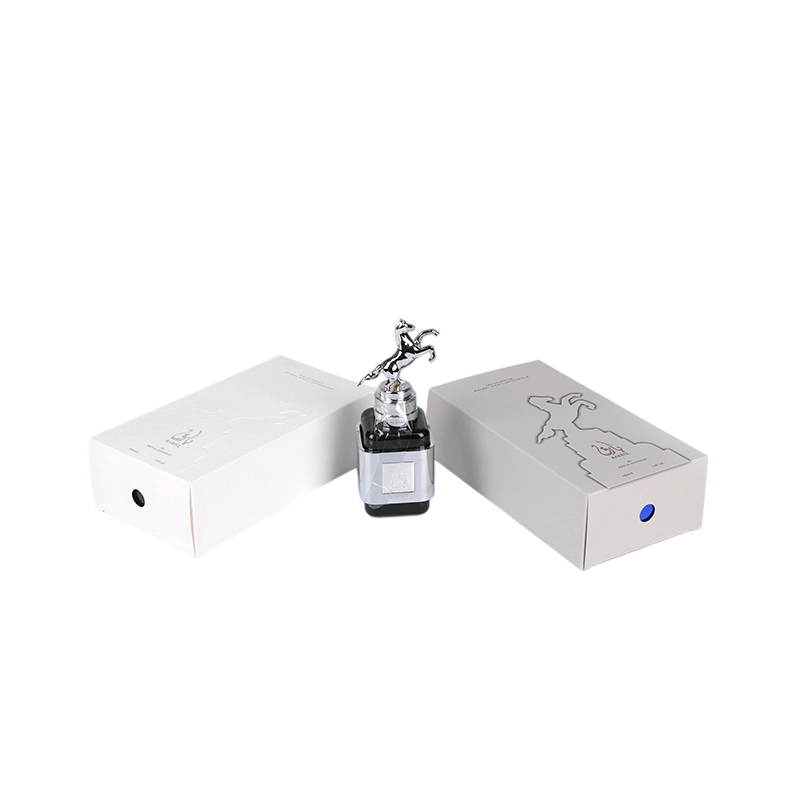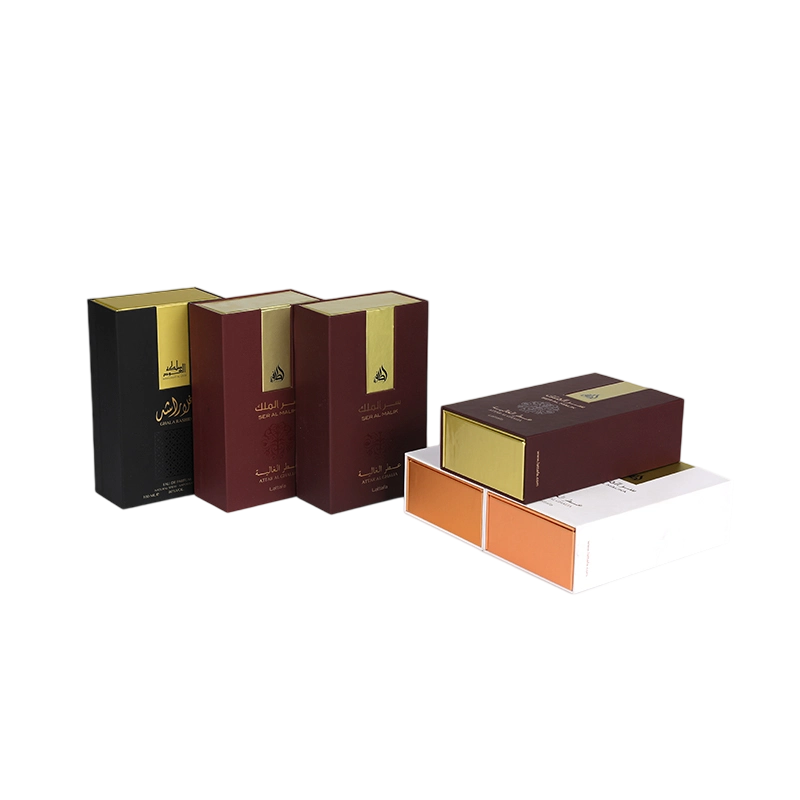In daily use, Jewellery Box should not only have good storage function, but also effectively protect precious jewelry from environmental factors. Among them, humid environment is the main cause of metal oxidation, gem discoloration, silver jewelry blackening and other problems. In order to improve the moisture-proof performance of jewelry boxes and ensure the safety and beauty of jewelry for long-term storage, systematic improvements should be made in terms of material selection, internal structure design, sealing optimization and auxiliary moisture-proof technology.
The selection of high-density, low-hygroscopic box materials is the basis for improving moisture-proof performance. Although traditional wooden or fabric jewelry boxes have exquisite appearance, they are easy to absorb moisture in the air and affect the internal dry environment. It is recommended to use ABS engineering plastics, aluminum alloys, stainless steel or composite panels and other materials with strong airtightness and good moisture resistance as the main structure. These materials not only have excellent waterproof performance, but also have strong pressure resistance and durability.
Optimizing the sealing structure design of jewelry boxes is crucial to prevent moisture intrusion. Silicone sealing strips or EVA foam sealing rings can be installed between the cover and the box to form a good closed space to effectively isolate external moisture from entering. At the same time, avoid using open hinges or connection structures with large gaps to reduce the path of water vapor penetration.

Strengthening internal humidity control capabilities is the key to achieving long-term moisture-proofing. One or more replaceable desiccant packs (such as silica gel desiccant, molecular sieve or active mineral desiccant) can be set in the jewelry box to continuously absorb residual moisture. Some high-end products can also integrate micro-electronic dehumidification modules to achieve automatic constant humidity function through PTC heating or semiconductor condensation principles to keep the internal environment stable within the ideal humidity range (usually 40%~50% RH).
Reasonable planning of internal storage structure can also help reduce the risk of moisture in jewelry. For example, reserve ventilation gaps at the bottom of the drawer or between compartments to prevent jewelry from being in local humid areas for a long time; use moisture-proof flannel or PU leather padding to wrap the jewelry compartment, which can not only play a buffering and protective role, but also reduce the negative impact of fiber moisture absorption.
User usage habits and external environment management should not be ignored. It is recommended to place the jewelry box in a dry and ventilated environment, and avoid high humidity areas such as bathrooms and kitchens; check and replace the desiccant regularly, especially in the rainy season or areas with high air humidity; for jewelry that is not worn for a long time, it is recommended to store it in a vacuum sealed bag or moisture-proof box to further enhance the protective effect.
By optimizing moisture-proof materials, optimizing sealing structures, introducing active dehumidification technology, rationally designing internal layouts, and strengthening daily maintenance management, the moisture-proof performance of Jewellery Box in daily use can be significantly improved, thereby better protecting precious jewelry, extending its service life, and meeting consumers' demand for high-quality storage.

 English
English 中文简体
中文简体 عربى
عربى

